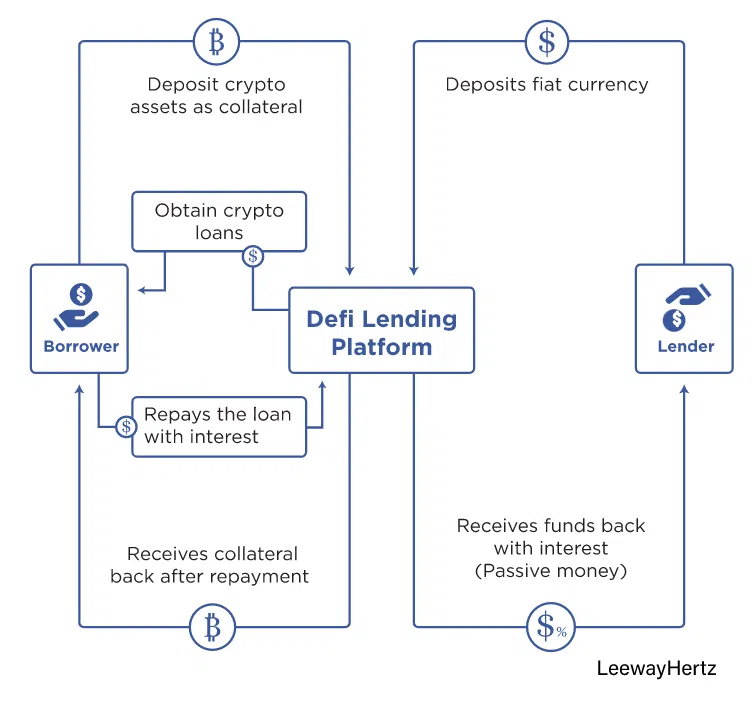The ezETH depegging incident, driven by poor communication and lack of withdrawal mechanisms, highlights crucial lessons in ensuring stability and effective risk management in the DeFi space.
The crypto community was shaken when Renzo’s native token, ezETH, diverged significantly from the price of its underlying asset, Ether (ETH), in April 2024. This phenomenon, known as depegging, occurs with stablecoins that cannot maintain their fixed value and lose their value compared to the underlying asset.
On major decentralized exchanges (DEXs) like Uniswap, ezETH dropped to $688 at its lowest point, causing panic among investors. Although the token has since recovered, it is still at a discount of around 2% compared to ETH.
Users saw the parity drop to $688 during the event. Source: DexScreener
The ezETH depeg is not an isolated incident in the decentralized finance (DeFi) space. Similar incidents have occurred with other liquid-staked derivatives, most notably with Lido’s stETH. Historical data shows that stETH has experienced depegs of up to 25% during periods of market volatility.
In this article, we explore the causes and effects of ezETH depegging and discuss possible solutions. We will study how leveraged staking protocols — Gearbox and Marginly — address depegging and whether their tech is resilient enough to handle potential consequences (a spoiler: pretty much).
Unpacking the Chaos: Causes of the Depegging
The primary catalyst for the ezETH depeg was an announcement from Renzo that included a highly confusing and inaccurate pie chart for token allocations. This misrepresentation caused panic among holders, who feared their investments were not as secure as previously thought. The absence of a designated allocation for airdrops further exacerbated the situation.
Renzo’s token allocation raises questions about inconsistencies. Source: X
Additionally, the timing of Binance’s Launchpool for REZ, a Renzo-related token, also played a significant role. Launchpool participants were able to stake FDUSD and BNB to earn REZ, and the release date for these tokens was set two days before the ezETH airdrop. The reward discrepancy between joining Launchpool and those holding ezETH paved the way for a mass exodus.
Unlike its competitor, Ether.fi, Renzo lacked a withdrawal mechanism, forcing many to liquidate their holdings on DEXs, further driving down the price. The delay in implementing a withdrawal feature greatly contributed to the panic and subsequent sell-off.
Could This Crisis Have Been Prevented?
If the Renzo team had implemented an open communication model, they could have alleviated much of the panic. They could have avoided the confusion caused by an inaccurate pie chart with an accurate and well-explained allocation plan.
If they had introduced a withdrawal mechanism before launching the farming feature, it could have reduced the likelihood of panic selling by providing ezETH holders with a way to redeem their tokens directly for ETH. This strategy, successfully implemented by Ether.fi, maintained stability thanks to the early adoption of withdrawal features.
Additionally, ensuring sufficient liquidity on third-party platforms can help stabilize the token price. More liquidity can prevent sharp declines by absorbing some of the selling pressure.
Users should be more cautious about the potential for a bank run-like scenario, especially once farming operations cease. Sudden stops in farming, as seen in Pendle pools and maturity dates, can result in rapid liquidity withdrawals and price declines.
Notable Perspectives on the Situation
Gearbox’s optimistic oracle offers flexibility and enhanced security by leveraging Chainlink and Redstone oracles for reliable price feeds. It allows borrowing, swapping, trading, and opening an entire position in one transaction with multicall features. However, risk demands active management from regulators and borrowers, potentially leading to complexities.
Borrowers want 1:1 oracles to avoid liquidations, yet lenders want real oracles to be safer. Source: Gearbox
Additionally, in volatile markets, the system may still face liquidation risks if not properly managed. Despite these challenges, the innovative approach offers a promising balance of user experience and security in DeFi.
Addressing Depegging Systematically
As a smart contract-based platform for leveraged staking and trading, Marginly emphasizes decentralization, risk segregation, and efficient liquidity management. By using on-chain oracles and eliminating off-chain dependencies, Marginly enhances security and predictability. Its “Liquidity Infinity Loop” mechanism ensures assets can be reused effectively, and its deleveraging mechanism mitigates liquidation risks.
To set risk parameters, Marginly employs historical returns, simulations, and statistical calculations to define maximum leverage. For interest rates, the platform assesses asset volatility through volatility cones and historical data, adjusting rates with a scaling coefficient to ensure stability.
Marginly architecture diagram. Source: Marginly Blog
Marginly tackles thin liquidity with a dual approach to managing external and internal risks. Externally, the platform sets liquidity limits to minimize slippage during trades on decentralized exchanges like Uniswap. Internally, it uses a deleveraging mechanism to balance positions within the pool, preventing deadlocks or excessive price impacts.
The platform integrates TWAP (Time-Weighted Average Price) oracles from Uniswap v3, providing reliable price data and enhancing resilience against manipulation. Marginly’s modular architecture supports various oracles, adapters, and exchanges, allowing the platform to adapt to market conditions and integrate new data sources seamlessly. This flexibility ensures accurate pricing and liquidity data, which is essential for maintaining stability and efficiency in margin trading.
Conclusion: Lessons Learned and Future Implications
The ezETH depeg incident has highlighted several critical lessons for the DeFi community. Clear and transparent communication is paramount; the confusion caused by Renzo’s inaccurate token allocation announcement underscores the need for precise information to maintain investor confidence.
Moreover, ensuring sufficient liquidity on third-party platforms is essential to absorb selling pressure and stabilize token prices.
The ezETH experience serves as a valuable learning opportunity for the burgeoning crypto niche, reinforcing the importance of robust risk management, effective communication, and adaptive strategies to navigate the volatile landscape of DeFi. As the industry evolves, these lessons will be crucial in shaping more resilient and secure financial ecosystems.
Sourced from cryptonews.net.








